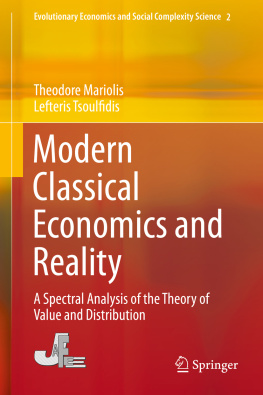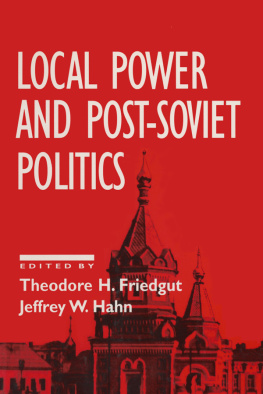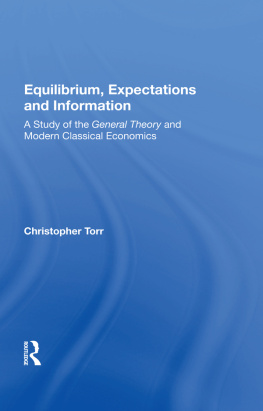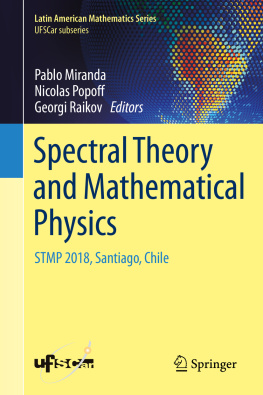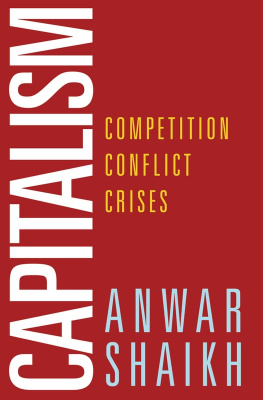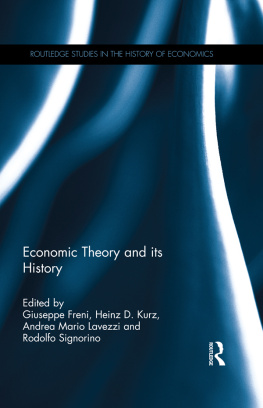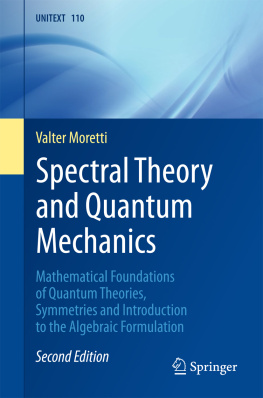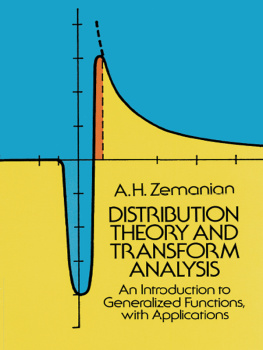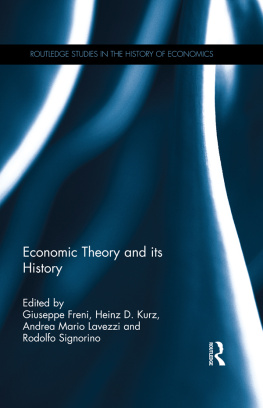1.1 Introduction
The term classical political economy was originally coined by Karl Marx to characterize all economists beginning with William Petty in England and Pierre Le Pesant de Boisguilbert in France and ending with Ricardo in England and Simonde de Sismondi in France. According to Marx, the focus of classical economists was the determination of the surplus (value), defined as the difference between the value of total output produced and the value of (labour and nonlabour) inputs used in production.
The major problem that the classical theory of value and distribution was confronted with was the relation between the creation of surplus and the functioning of the system of commodity prices that allows the appearance of surplus in the forms of profit, rent, interest and taxes, whereas the real wage, that is, the basket of commodities that workers normally purchase, appears in the form of money wage. In the classical approach, the surplus is defined as the difference between the commodities produced and those that are required for the reproduction of society. Formally speaking, the surplus is equal to the vector of gross output minus the vector of intermediate inputs and real wages. This difference is called surplus because this is a quantity residually determined and it can, therefore, be consumed or invested. If all the surplus is consumed, then the society is in its stationary state or simple reproduction, which, however, can be conceived of only as an interesting theoretical case, rather than a realistic possibility, since capitalism is, by its very nature, an inherently growth-prone system. The more the surplus is devoted to net investment, the higher the economys growth is, and if all surplus is invested, then the economy expands at its maximum growth rate or, in terms of reproduction, the economy attains its maximum expanded reproduction.
With this background in mind, when we investigate the quantification of surplus, we realize that we do not have to do with a homogenous quantity but rather with a vector of heterogeneous commodities from which we cannot refer to its specific forms. One way out that has been tried by David Ricardo () is to theorize production as taking place in a single sector, where the same commodity serves as an input and produced output simultaneously. Corn, for instance, could be such a commodity, and the profit rate of the corn sector would be equal to the ratio of corn surplus to corn (seed corn and workers real wages) inputs. Moreover, competition would ensure that the profit rate would equalize across the other sectors of the economy. Thus, given the uniform profit rate of the economy and the real wage rate, we could, in principle, at least, determine the actual commodity prices. The second way out is to express both inputs and outputs in terms of labour time (pure labour theory of value). However, as simple as it may be this alternative, there were a number of problems for which classical economists did not reach any satisfactory solution (particularly for those problems related to the interaction between income shares and commodity prices). The third way is to express the production of commodities as a system of n equations with n commodity prices (always assuming single-product industries). The problem with this treatment is the determination of the distributive variables, which already is not trivial by assuming only two social classes, i.e. capitalists and workers. Although the old classical economists were along this treatment, they could not arrive at a full solution because many of the necessary mathematical preliminaries had not yet been discovered (for instance, the Perron-Frobenius theorems for semi-positive matrices).
The assumption that free competition will tendentially equalize the interindustry profit rates to the economys general one is of outmost importance for the classical analysis. The mechanism for this tendential equalization is the acceleration or deceleration of capital accumulation. For instance, if an industry makes a profit rate above the economys general one, the accumulation of capital in this industry accelerates and the expansion of its output reduces the price to the level that gives the general profit rate. The converse is true for industries that make a lower profit rate. In this case, the deceleration of accumulation and the reduction of output raise the price of the product to a level where it incorporates the general profit rate. This position that the economic system gravitates towards whereby prices, outputs and profit rate are at their normal levels is called long-period equilibrium, and the analysis of such positions is called the long-period method. It should be stressed at the outset that the term long period refers to the analytical time, which is required until the system attains its normal position.
This introductory chapter serves to outline the central relationships amongst classical, traditional neoclassical and modern classical theories of value, distribution and capital. On the basis of both the latter theory and the modern, state variable representation of linear systems, it also defines the basic premise of the present book.
The remainder of the chapter is structured as follows. Section concludes.
1.2 Classical Economics
Although none of the old classical economists specified the core of their theory in any explicit way, it could be theorized, on both logical and textual grounds, that the classical contributions to the value and distribution theory share a common set of exogenously determined variables. This set includes only observable and measurable (or calculable) quantities and concerns (Kurz and Salvadori :
(i)
The set of technical alternatives from which cost-minimizing producers can choose
(ii)
The size and composition of the social product, reflecting, the needs and wants of the members of the different classes of society and the requirements of reproduction and capital accumulation
(iii)
The ruling real wage rate(s)
(iv)
The quantities of different qualities of land available and the known stocks of depletable resources (such as mineral deposits)
The said independent variables are sufficient to completely determine the system unknowns or dependent variables, i.e. the profit rate, the rent rates and the long-period relative commodity prices (or (re-) production prices).
Classical economists had all of the above implicit in their analyses, even though they did not have a single view. For example, Ricardoss theory of value was not the same with Marxs one, while there were also the pro-labour economists (e.g. Robert Owen, William Thompson and Thomas Hodgskin), whoinspired by the Ricardian labour theory of valueclaimed that all the surplus should belong to the workers because the workers are the creators of the surplus; it follows, therefore, that the capitalists profit and landlords rent are direct deductions from the value of commodities. In short, the value of a commodity must be equal to the labour that went into its production, which is equivalent to saying that neither profits nor rents are incomes justified on moral grounds. The value of commodities is created by labour alone and, therefore, all the value of a commodity should belong to the workers. This rather normative variant of the labour theory of value gave rise to an anticapitalist movement. A problem of this sort that was developed within the framework of the labour theory of value together with the inability of the proponents of the old classical economists to provide satisfactory answers to certain thorny questions (i.e. the role of demand, the quantity of capital employed, etc.) led to the disintegration of the Ricardian school and with that of the classical thought. Gradually, many economists discarded the idea of price determined by systematic and, therefore, persistent market forces, and instead they ascribed to the idea that the commodity prices are determined by the ephemeral forces of supply and demand, that is, by competition. Marx characterized this approach vulgar simply because it attributed the determination of market prices to the mere operation of competition and not to something more fundamental behind the forces of demand and supply that could establish a causal relationship.

